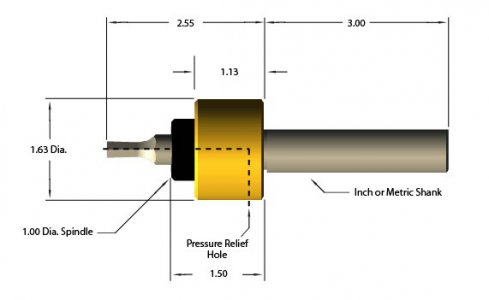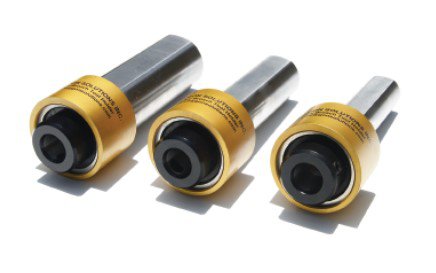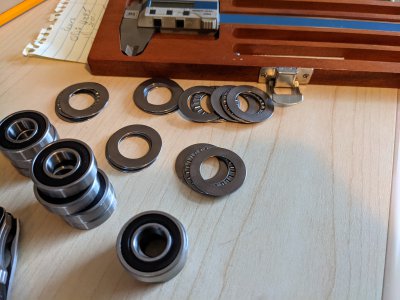- Joined
- Mar 25, 2013
- Messages
- 4,614
I like you design but I have one question. Is there something that retains the spindle so it doesn't get pulled out? When I use my broach, the cutter sometimes gets stuck in the hole and traction is required to remove it. There could be significant pull on the spindle.
Robert
EDIT: Never mind! I missed part #9 the clip. That looks good.
Robert
Robert
EDIT: Never mind! I missed part #9 the clip. That looks good.
Robert




